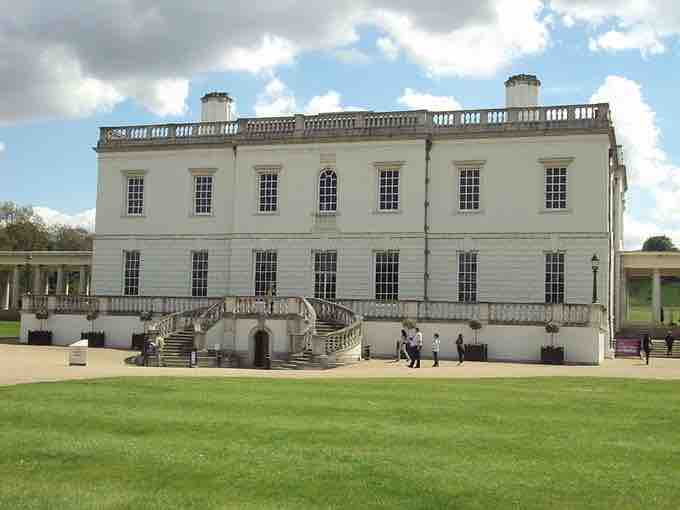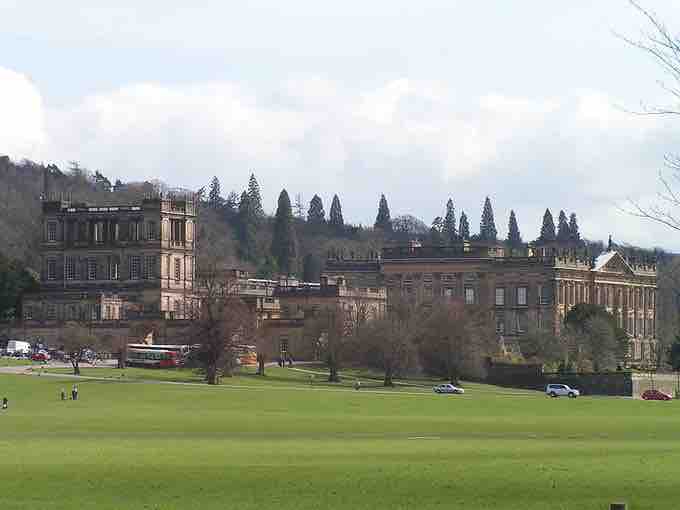English Architecture in the 17th Century
The architecture in England during the 17th century saw a continuation of the use of Classical forms, which eventually gave way to a uniform style, derived chiefly from Italy and exemplified predominantly in the work of Inigo Jones. Jacobean architecture was prominent in the first quarter of the 17th century, and English Baroque architecture, a distinctly English take on the Italian Baroque style, became prevalent during the later part of the 17th century following the Great Fire of London.
Development of English Baroque
Inigo Jones and Palladian Architecture
Palladian architecture is highly symmetrical and based on the principles of formal Classical temple architecture of the ancient Greeks and Romans. It was a style seen during the 17th century in England and became truly prominent in the 18th century. Inigo Jones, one of the first significant English architects, is known for introducing the Italian Renaissance style to England. He is responsible for the Queen's House at Greenwich (1635) and the Banqueting House in the Palace of Whitehall (1622), which he designed based on the work of Palladio, an influential Italian Classical-style architect; its ceiling was painted by Peter Paul Rubens.

The Queen's House at Greenwich
The Queen's House at Greenwich was built by Inigo Jones, one of the first significant English architects known for introducing the Italian Renaissance style to England.
Jacobean Architecture
The second phase of Renaissance architecture in England is termed the Jacobean style. This style was popular during the first quarter of the 17th century during the reign of King James I. Chronologically following the Elizabethan style, the Jacobean style can be classified by its adoption of decadent and detailed Renaissance motifs such as columns and pilasters, round arch arcades, and flat roofs with openwork parapets. These classical motifs were, however, not strictly applied (as they were by Inigo Jones) but used rather freely and synthesized with elements of Elizabethan style architecture. Architectural examples of the style include Hatfield House, Knole House, and Holland House by John Thorpe.
Hatfield House
South facing view of Hatfield House, an example of English Jacobean architecture.
English Baroque
The later 17th century saw Baroque architecture come to prominence in a style that is termed English Baroque. It was the architect Christopher Wren, one of the most acclaimed English architects in history, who was responsible for the genesis of the English Baroque style. When the Great Fire of London in 1666 forced much of the city to be rebuilt, Wren was hired to replace many of the churches. His most ambitious construction, St. Paul's Cathedral, was a magnificent piece of architecture and is the only English cathedral in the Classical tradition.

St. Paul's Cathedral
Built by Christopher Wren, St. Paul's Cathedral is the only English cathedral in the Classical tradition.
Characteristics
Popular from 1666 to about 1715, English Baroque architecture is characterized by heavy structures adorned with elaborate decoration; compared to the contemporary Baroque of the European continent, however, it tends to be relatively plain, with more Classical subtleties. Baroque country houses, such as Chatsworth House by William Talman and Castle Howard by Vanbrugh and Hawksmoor, began to appear in the 1690s. The most significant architects after Wren were Sir John Vanbrugh and Nicholas Hawksmoor, who built Castle Howard (1699) and Blenheim Palace (1705).

Chatsworth House, England
English Baroque architecture, as seen in Chatsworth House, can be characterized by heavy structures adorned with elaborate decoration; however, it tends to be relatively plain, with more Classical subtleties, compared to the Baroque architecture of the continent that was being built at the same time.